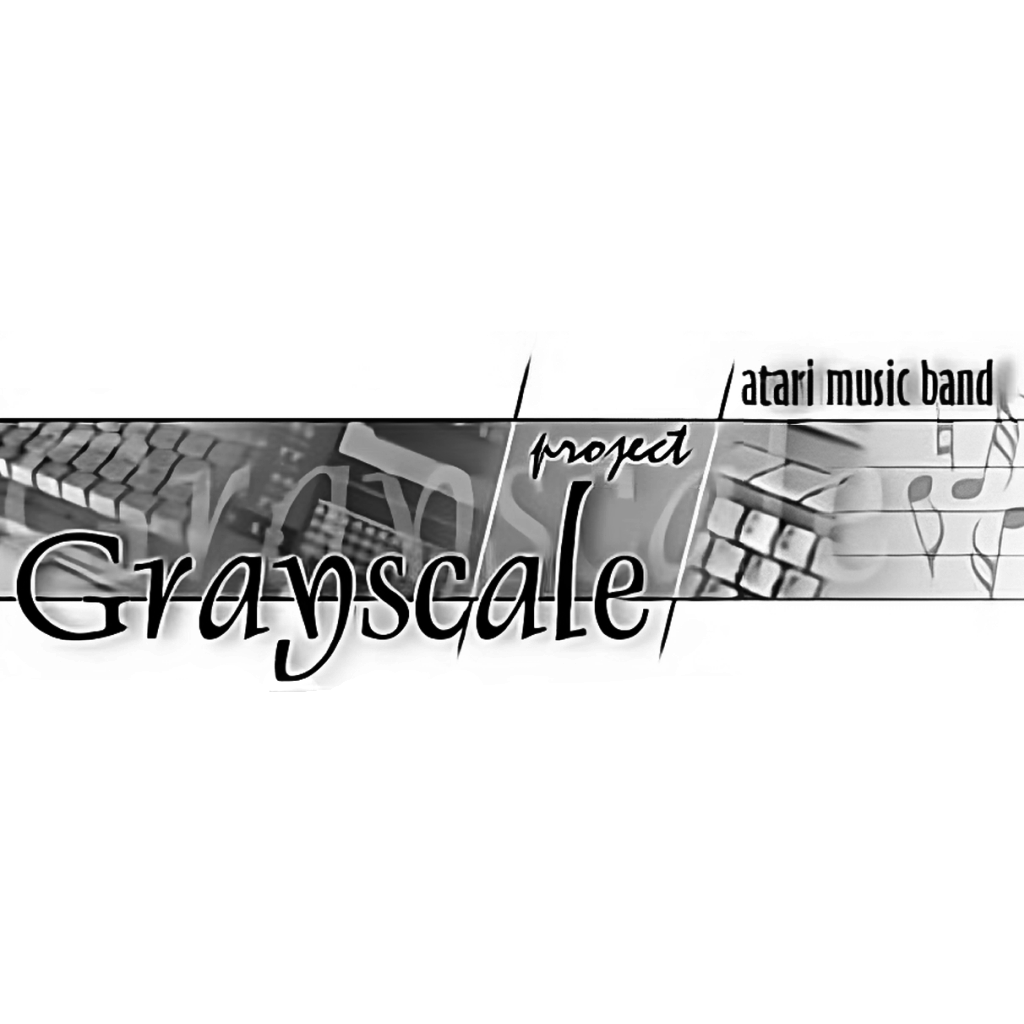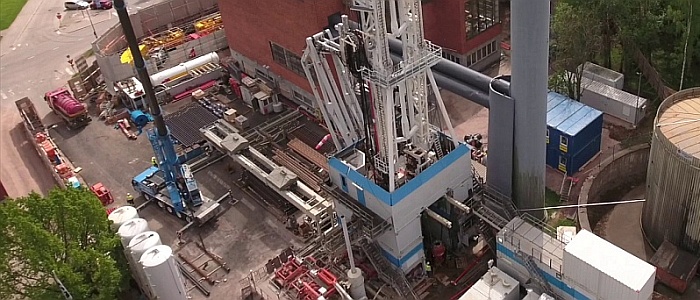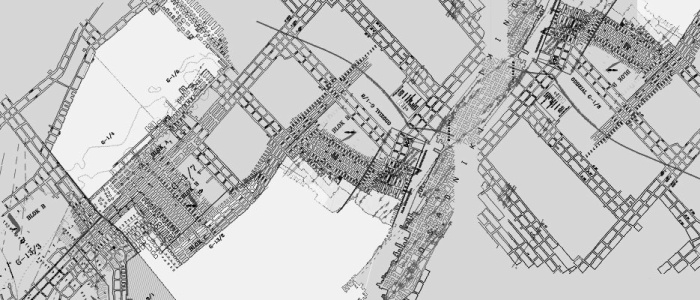I updated references on the page dedicated to the St1 Deep Heat project with the works from other working groups. Please have a look!
Since a couple of days there is a new page dedicated to the Grayscale Project. Grayscale Project, dubbed “Atari Music Band”, was a collaboration between myself and Łukasz Sychowicz (Xray) related to producing chiptune music for Atari 8-bit computers. The…
I added the new page dedicated to our involvement in the St1 Deep Heat project in Espoo, Helsinki. The page describes the successful hydraulic stimulation campaign performed in 2018 in the World-deepest geothermal well, the microseimic monitoring and the traffic…
New version (3.8.1) of foci software package has been released recent week. This version brings some new features that will be developed in next months: – Introduction of inelastic attenuation correction in calculation of full seismic moment tensor. – Multiple…



